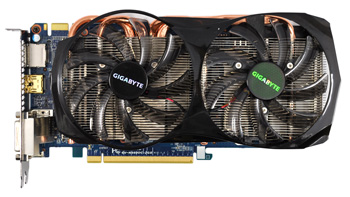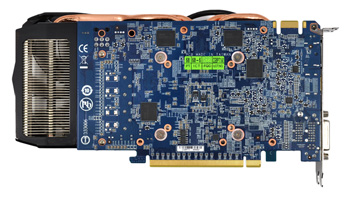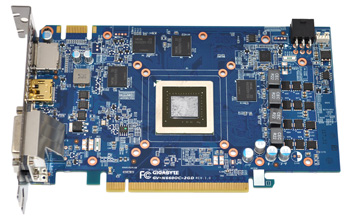Introduction
If you've a vested interest in PC gaming, you'll know that NVIDIA's first 28nm Kepler core - codenamed GK104 - has kept enthusiasts entertained by featuring at the heart of hard-hitting graphics cards such as the GeForce GTX 680, GTX 670 and GTX 660 Ti.
GK104 is an impressive piece of technology, but for the more modest consumer, the goodness of Kepler wasn't a viable option until NVIDIA rolled out its subsequent 28nm core, codenamed GK106. Introduced earlier this month as part of the GeForce GTX 660, the GK106 die packs just over two-and-a-half billion transistors but is roughly 25 per cent smaller than GK104, resulting in two significant cuts; one to the specification, another to the price.
In our original analysis, we found that despite offering only five SMX units (from a maximum of eight), high clock speeds and ample memory bandwidth were enough to provide stellar 1080p performance. With prices starting at around £180, it's easy to see why GeForce GTX 660 could be the go-to card for many, but then which is the best partner card currently on the market? We've already taken a look at a KFA² variation - the GTX 660 EX OC - but today we're turning our attention to Gigabyte's GTX 660 OC, model number GV-N660OC-2GD.
Sitting on retail shelves with a £180 price tag, Gigabyte's card has plenty of appeal - it's priced the right side of two-hundred quid, it's factory overclocked, it carries a familiar WindForce cooler, and of course the Gigabyte brand; which itself carries gravitas in the graphics market.
The 660 OC isn't the most aesthetically pleasing card - we're not particularly keen on the fish-eye appearance of Gigabyte's dual fans - but that's personal taste and what matters most is that the card feels sturdy and well-built.
As you'd expect from any card carrying a WindForce cooler, Gigabyte has taken NVIDIA's reference specification and added a few enhancements of its own. The core's base clock speed has been bumped up from 980MHz to 1,033MHz, and though the 2GB GDDR5 frame buffer ticks along at a standard 6,008MHz, the entire lot is cooled by a labyrinthine blend of aluminium and copper.
It's an interesting mix because Gigabyte's signature blue PCB is short and relatively compact, measuring just over seven inches in length. In contrast, the mean-looking cooler measures nine-and-a-half inches long and overlaps the PCB by a considerable amount. On the one hand, it gives the entire card a high-end look and feel, but on the other, Gigabyte's 660 OC is obviously bigger than it really needs to be.
An obvious advantage to the card's size is the cooler's capability. Armed with two 92mm fans, a card-encompassing array of aluminium fins, four copper heatpipes and a dedicated VRM cooling plate, it delivers exceptionally-low operating temperature - as we'll demonstrate a little later in the review.
The GK106 at the heart of Gigabyte's card may have fewer processors, texture units and ROPs than most of its GK104 siblings, but the architecture is essentially the same and continues to carry the Kepler features you've come to know and love - including GPU Boost, Adaptive VSync, reduced power consumption, and the ability to power four displays from a single card.
NVIDIA's feature set makes the GeForce GTX 660 a good all-rounder, so it's no surprise to find that Gigabyte hasn't messed with the basics on its OC derivative. The WindForce-cooled card continues to make use of NVIDIA's default outputs - two Dual-Link DVIs, alongside HDMI and DisplayPort - a single SLI connector is available for a possible two-card configuration, and power is sourced through a single six-pin plug.
We know what to expect from a GeForce GTX 660 - namely solid performance in the latest games at a 1080p resolution - but in order for Gigabyte's OC model to stand out, it needs to show a mild increase in speed, coupled with outstanding cooling performance and minimal noise. Let's find out if it ticks all the boxes.















